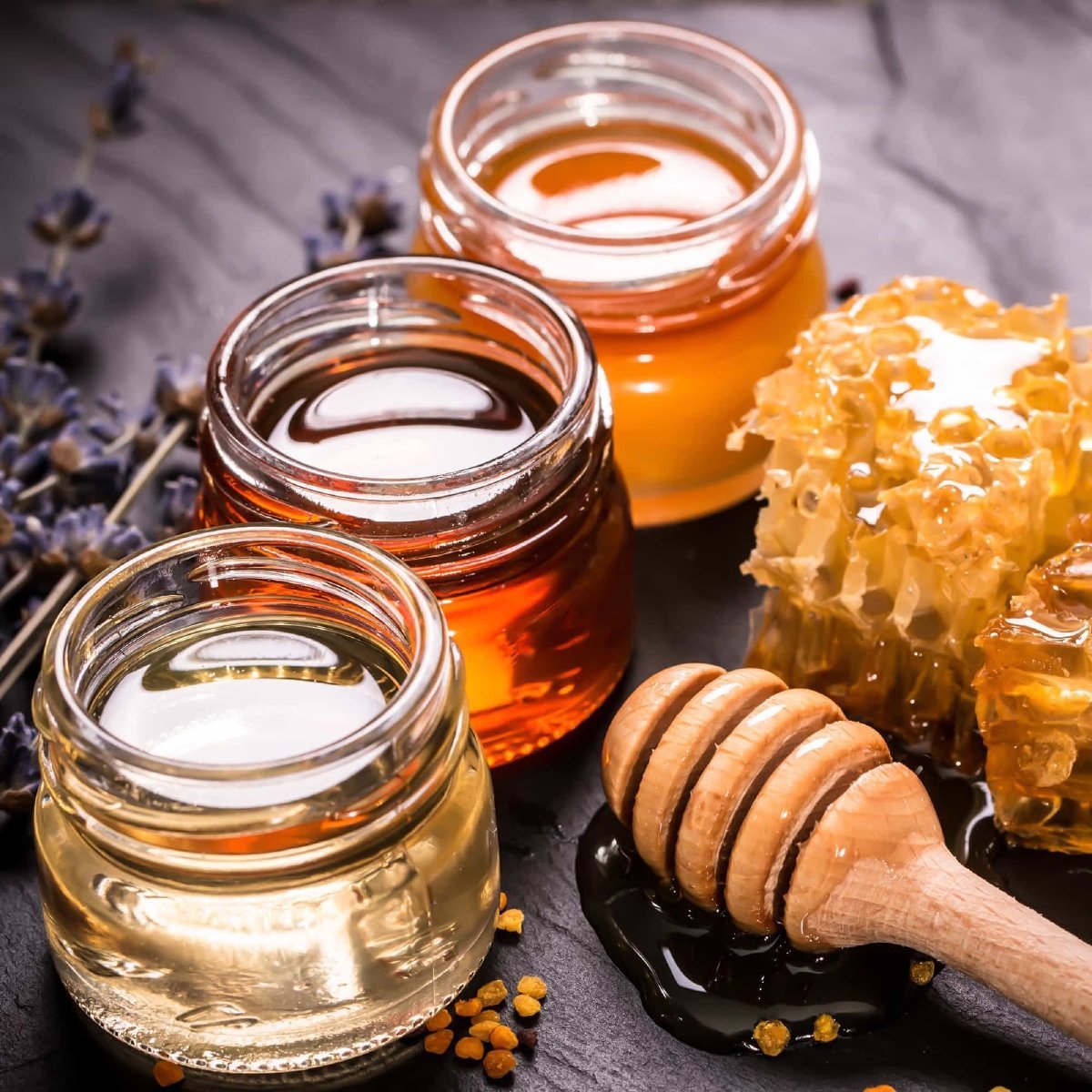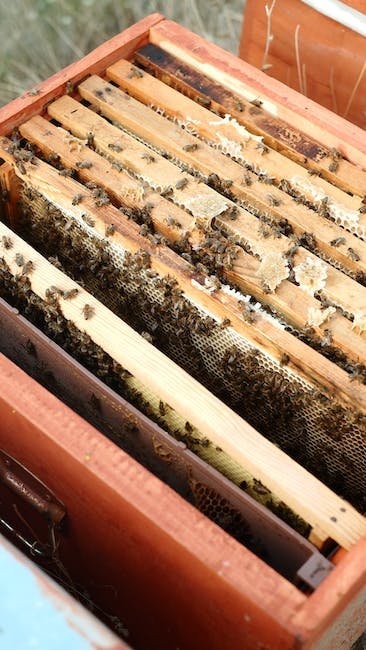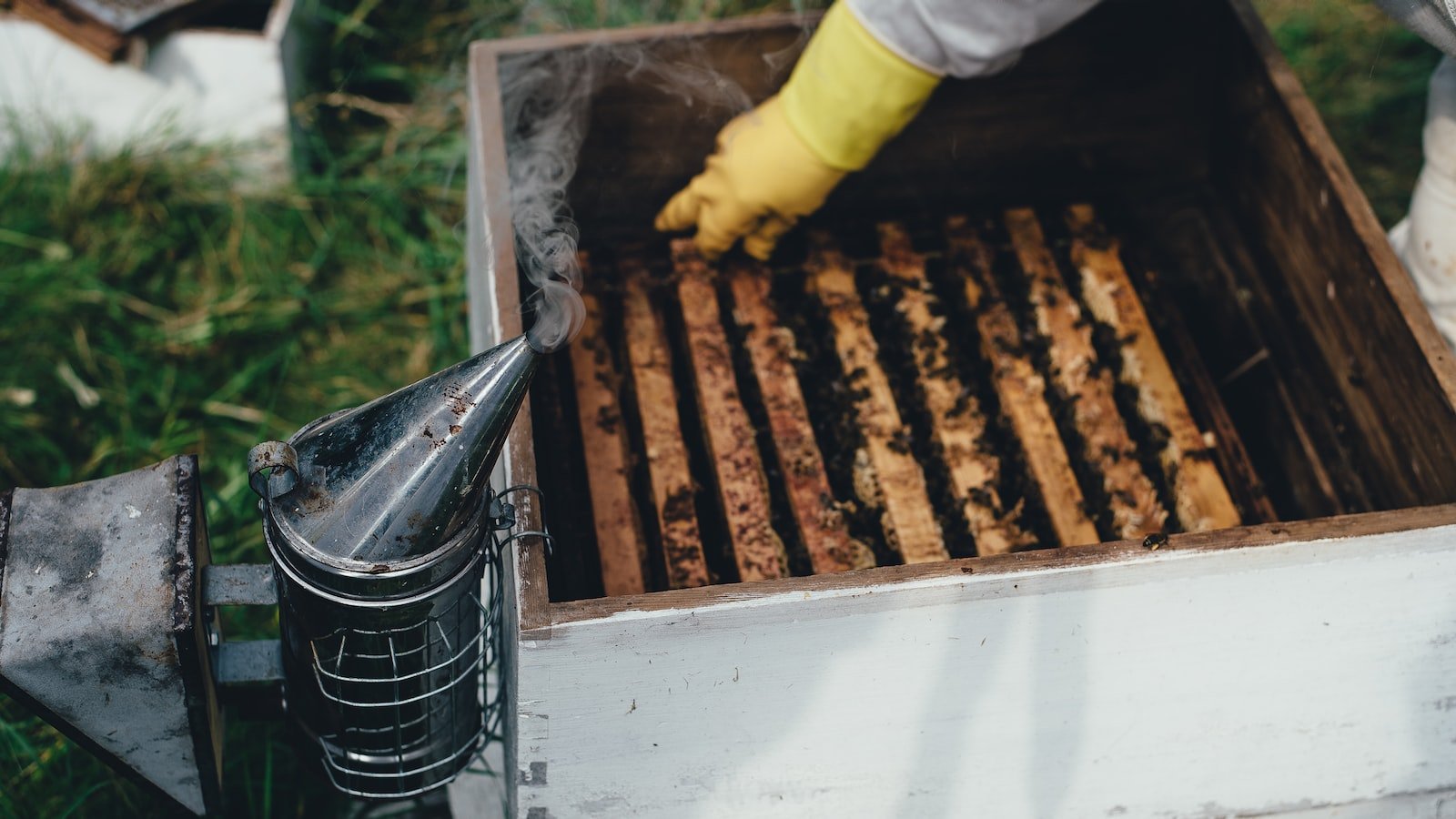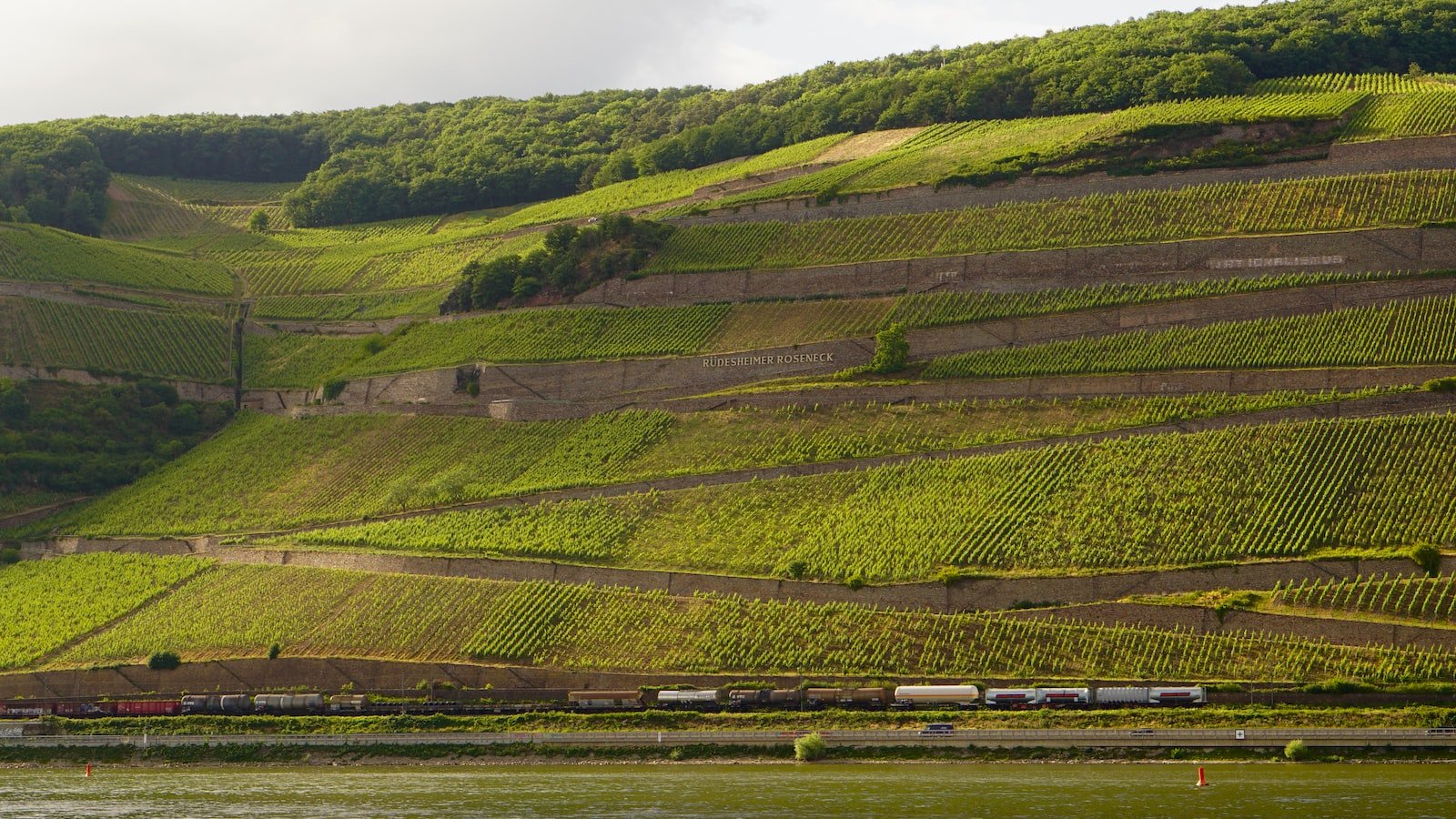Honey, nature’s golden nectar, captivates and delights with its sweet richness and myriad health benefits. Its inherent versatility, however, poses a challenge for beekeepers who endeavor to collect it in its purest form. The enigmatic process of honey crystallization, an often misunderstood phenomenon, weaves its magic through the viscosity of this delectable substance, presenting both an opportunity and a conundrum for those involved in harvesting. In this article, we embark on a journey to unravel the mysterious role of honey crystallization, exploring its scientific underpinnings, practical implications, and the wondrous dance between bees and beekeepers it entails.
Table of Contents
- Understanding Honey Crystallization: A Natural Phenomenon
- Factors Influencing Honey Crystallization: Temperature, Floral Source, and Composition
- Importance of Honey Harvested at Different Stages of Crystallization
- Optimizing Honey Harvesting: Techniques for Managing Crystallization
- Maintaining Quality: Proper Storage and Distribution of Crystallized Honey
- Q&A
- To Conclude

Understanding Honey Crystallization: A Natural Phenomenon
Honey crystallization is a mesmerizing process that occurs naturally in certain types of honey. It is a phenomenon that often leaves people puzzled, but in reality, it is a completely normal and natural occurrence. Crystallization is a sign of high-quality honey and does not indicate any spoilage or impurity.
During the crystallization process, honey molecules arrange themselves into a solid state, forming tiny crystals that give the honey a thick, granulated texture. This transformation happens due to the natural composition of honey which consists primarily of glucose and fructose. Different types of honey exhibit varying crystallization rates, with some types crystallizing faster than others.
However, it’s important to note that the crystallization process can be influenced by external factors such as temperature. Cooler temperatures tend to accelerate crystallization, while warmer temperatures slow it down. Don’t worry if you find your honey crystallized, as it can easily be restored to its liquid form by gently warming it in a water bath or microwave.
To delay crystallization and enjoy your honey in its liquid state for longer, storing it at room temperature or in a warmer environment can be beneficial. Remember, crystallization is a natural characteristic of honey and does not affect its taste or nutritional value. Embrace the beauty of honey’s granulated form, as it provides a delightful texture and can make a charming addition to your culinary creations.
Factors Influencing Honey Crystallization: Temperature, Floral Source, and Composition
When it comes to honey, its crystallization process is a fascinating phenomenon influenced by various factors. Temperature plays a crucial role, as honey tends to crystallize more rapidly at lower temperatures. The colder the environment, the faster crystals will form, altering the texture and appearance of the honey.
The floral source from which the nectar is collected also affects crystallization. Each flower type contributes a unique composition of sugars, enzymes, and minerals that can influence the crystallization process. Some varieties of honey, like lavender or blueberry, have a predisposition to crystallize faster, while others, such as clover or acacia, remain in a liquid state for extended periods.
Additionally, honey composition plays a crucial role in its tendency to crystallize. High glucose content in honey typically promotes crystallization, while high fructose content inhibits it. Floral sources with a balanced glucose-to-fructose ratio are more likely to crystallize gradually, forming fine crystals rather than a solid mass.
- Temperature: Lower temperatures increase the rate of crystallization.
- Floral Source: Different flowers contribute unique compositions that affect crystallization.
- Composition: High glucose content promotes crystallization, while high fructose content inhibits it.
Understanding these factors provides an insight into the complex process of honey crystallization. Whether you prefer the smooth texture of liquid honey or enjoy the creamy consistency of crystallized honey, the interplay between temperature, floral source, and composition shapes the sensory experience of this remarkable natural sweetener.

Importance of Honey Harvested at Different Stages of Crystallization
Honey is a natural delight that comes in various forms depending on its stage of crystallization. Each stage offers a unique flavor profile and texture, making it important to understand the significance of harvesting honey at different stages.
1. Liquid Gold: Harvesting honey in its liquid state provides a smooth and runny consistency that is perfect for drizzling over dishes like pancakes, desserts, or adding to beverages. Its sweet and mild taste makes it a versatile ingredient, blending effortlessly with other flavors to enhance any recipe.
2. Creamy Dream: As honey continues to crystallize, it transforms into a creamy texture that spreads like butter. This stage of honey is ideal for spreading on toast, bagels, or even dipping fruit slices. Its slightly more robust flavor adds a delightful touch to simple snacks, making them truly irresistible.
3. Solid Ambrosia: Translucent and grainy in texture, fully crystallized honey takes on a delightful crunch and rich flavor. At this stage, it is perfect for adding to granola, cereal, or mixing into baked goods like cookies and muffins. Its crystalline structure adds a beautiful glimmer to your culinary creations, making them visually appealing as well.
So whether you prefer the liquid gold, creamy dream, or solid ambrosia, each stage of crystallization offers a unique experience to indulge in honey’s natural sweetness. Experiment with different stages and let your taste buds embark on a journey filled with delectable honey variations!

Optimizing Honey Harvesting: Techniques for Managing Crystallization
Managing crystallization is a crucial aspect of optimizing honey harvesting. Here are several techniques to ensure your honey remains smooth and free from unwanted crystals:
- Temperature Control: Keeping your honey stored in a cool and consistent environment is key to preventing crystallization. Avoid exposing it to drastic temperature changes, as this can trigger the formation of crystals. It’s advisable to keep your honey at a temperature of around 70°F (21°C).
- Proper Packaging: Packaging your honey in airtight containers helps to slow down the crystallization process. Opt for glass or food-grade plastic containers with tight-fitting lids. Ensure there are no air pockets inside the container, as they can lead to moisture absorption and crystal formation.
- Thorough Straining: Before bottling your honey, strain it through a fine mesh to remove any impurities or particulates that can trigger crystallization. This extra step helps maintain the honey’s clarity and longevity.
- Warming Techniques: If your honey does crystallize, gently heating it can reverse the process. Place the crystallized honey jar in a warm water bath (around 100°F / 38°C) and let it sit for a while. Stir occasionally until the crystals dissolve and the honey returns to its smooth consistency.
By implementing these techniques, you can optimize your honey harvesting process and enjoy a more desirable end product. Remember, prevention is key, but in the event of crystallization, proper handling and gentle heating can save the day.
Maintaining Quality: Proper Storage and Distribution of Crystallized Honey
Crystallized honey, a natural process that occurs over time, can be a delightful addition to any pantry. To ensure its quality is maintained for extended periods, proper storage and distribution techniques are of utmost importance. By following these guidelines, you can savor the rich flavors and health benefits of crystallized honey for months to come.
When it comes to storage, selecting the ideal containers is crucial. Opt for glass jars or food-grade plastic containers with tightly sealed lids to protect the integrity of the honey. It is advisable to label each jar with the date of packaging to keep track of its freshness. Additionally, store the honey in a cool, dry place away from direct sunlight to prevent heat exposure that might affect its texture and flavor.
Proper distribution methods also play a vital role in maintaining the quality of crystallized honey. Here are a few tips to ensure a smooth and delightful experience for your customers:
1. Package honey in small, convenient sizes: Consider offering honey in various sizes, ranging from single-serving portions to larger quantities, to cater to different needs and preferences. This allows customers to enjoy the versatility of crystallized honey without worrying about waste or excessive consumption.
2. Provide clear instructions: As crystallized honey may differ in texture from liquid honey, it is helpful to provide instructions on how to use and enjoy it. Encourage customers to gently warm the honey jar in a warm water bath or microwave at a low setting to soften the crystals, making it easier to spread or drizzle.
3. Educate customers about the benefits of crystallized honey: Highlight the unique characteristics of crystallized honey, such as its creamy texture and intensified flavor. Emphasize the natural preservation of this form, as it does not require any additives or additional processing. This information can significantly enhance a customer’s appreciation and understanding of crystallized honey.
By implementing proper storage and distribution practices, you can ensure that the crystallized honey you offer maintains its exceptional quality. Your customers will appreciate the care taken to preserve its flavors and enjoy the delightful experience that comes with every jar.
Q&A
Why does honey crystallize?
Honey crystallizes due to the natural sugars present in it. When the glucose in honey separates from the water content and forms crystals, the honey solidifies.
Is honey crystallization a sign of low quality?
No, honey crystallization is actually a natural and common process. It does not indicate a lower quality or that the honey has gone bad. In fact, some people prefer crystallized honey for its unique texture and spreadability.
How long does it take for honey to crystallize?
The time it takes for honey to crystallize varies based on factors such as temperature and the floral source of the honey. Generally, it can take anywhere from a few weeks to several months for honey to crystallize.
Can crystallized honey be liquefied again?
Yes, crystallized honey can easily be liquefied again by gently heating it. Place the jar of honey in warm water or microwave it on low heat, stirring occasionally until the crystals dissolve and the honey returns to its liquid state.
What are the advantages of harvesting crystallized honey?
Harvesting crystallized honey has multiple advantages. It is easier to extract from honeycombs, as the crystals provide a solid structure. Crystallized honey also tends to have a longer shelf life and a richer flavor compared to liquid honey.
How can I prevent honey from crystallizing?
To slow down the crystallization process, store honey in a cool location, preferably at temperatures below 50°F (10°C). Avoid refrigerating honey as it can speed up the process. Additionally, filtering honey to remove any impurities can help delay crystallization.
To Conclude
As we bring this honey-filled journey to a close, we hope that the intricacies of honey crystallization have been unveiled before you, elevating your understanding of this natural phenomenon. From the humble hive to your breakfast table, the role of honey crystallization in harvesting subtly dances between science and artistry.
Remember, like a winter wonderland transforming under a gentle snowfall, the crystallization of honey is Mother Nature’s way of preserving the liquid gold we hold dear. Its delicate balance of glucose and fructose sugars meld together, forging a mesmerizing texture that taps into our senses — both gustatory and visual.
Yet, let us not forget that the crystallization of honey is not confined solely to dazzling aesthetics. It embodies the testament of purity and authenticity, confirming that the honey you embrace is a gift from bees, untouched by artificial enhancements. In its crystalline state, honey signals a celebration of nature’s prowess in creating and preserving one of its most cherished creations.
As you navigate the world of honey harvesting, we urge you to embrace the transformative powers of crystallization, allowing it to guide your journey as a beekeeper, a connoisseur, or simply an avid lover of nature’s sweetest nectar. Whether you prefer the velvety smoothness of liquid honey or the sensual embrace of crystallized crystals, both iterations have much to offer in taste and versatility.
So, next time you come across a jar of gently solidified honey, don’t recoil in trepidation. Instead, relish in the enchantment of crystallization and savor its nuanced flavors. Allow this natural metamorphosis to captivate your palate, as you bear witness to the harmonious dance of solids and liquids.
In this delicate union lies the beauty of honey crystallization – a natural process that inspires awe and respect for the world of bees. From the fields to our pantries, let us toast to the secrets that lay hidden within these exquisite patterns. For in every spoonful of crystallized honey lies a testament to the intimate bond we share with the bees, the guardians of this sacred elixir.
As we bid adieu, let us embrace the beauty of honey crystallization, cherishing both its practical benefits in harvesting and the wondrous joy it brings to our senses. In every crystallized jar, a fleeting moment of natural artistry awaits, enticing us to explore the depths of its golden brilliance. May your journey into honey crystallization be accompanied by gratitude, reverence, and an unyielding desire to preserve the ethereal magic that is honey.
As an affiliate, my content may feature links to products I personally use and recommend. By taking action, like subscribing or making a purchase, you’ll be supporting my work and fueling my taco cravings at the same time. Win-win, right?
Want to read more? Check out our Affiliate Disclosure page.


